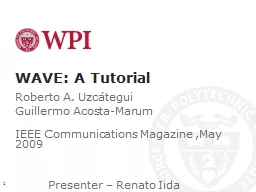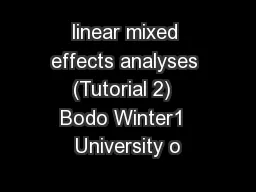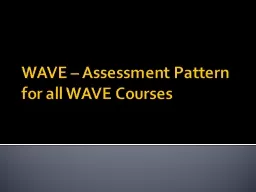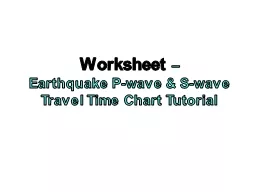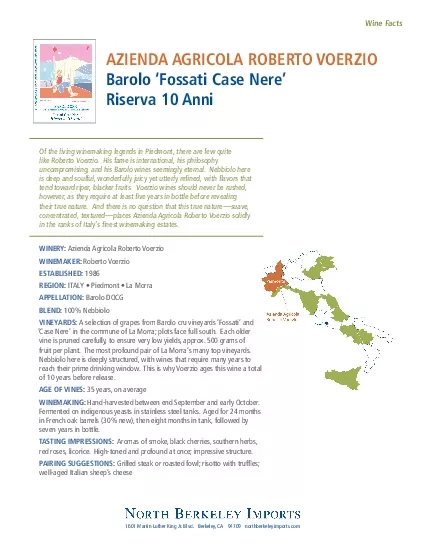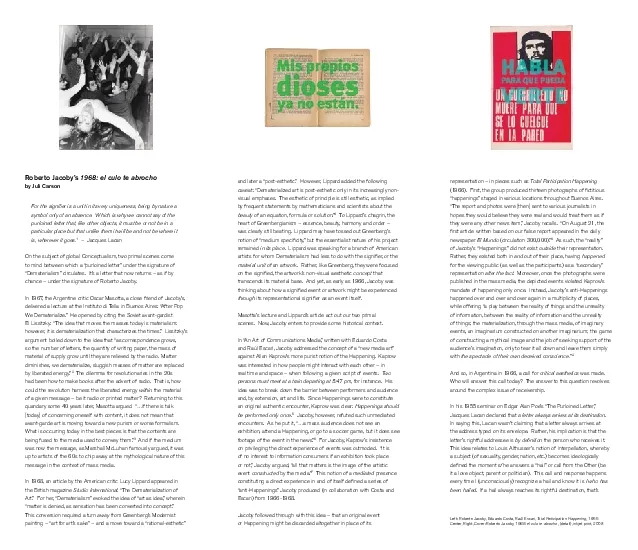PPT-WAVE : A Tutorial Roberto A.
Author : lindy-dunigan | Published Date : 2018-11-04
Uzcátegui Guillermo Acosta Marum IEEE Communications Magazine May 2009 1 Presenter Renato Iida Outline Introduction WAVE SYSTEM ARCHITECTURE PHY and MAC Layers
Presentation Embed Code
Download Presentation
Download Presentation The PPT/PDF document "WAVE : A Tutorial Roberto A." is the property of its rightful owner. Permission is granted to download and print the materials on this website for personal, non-commercial use only, and to display it on your personal computer provided you do not modify the materials and that you retain all copyright notices contained in the materials. By downloading content from our website, you accept the terms of this agreement.
WAVE : A Tutorial Roberto A.: Transcript
Download Rules Of Document
"WAVE : A Tutorial Roberto A."The content belongs to its owner. You may download and print it for personal use, without modification, and keep all copyright notices. By downloading, you agree to these terms.
Related Documents

